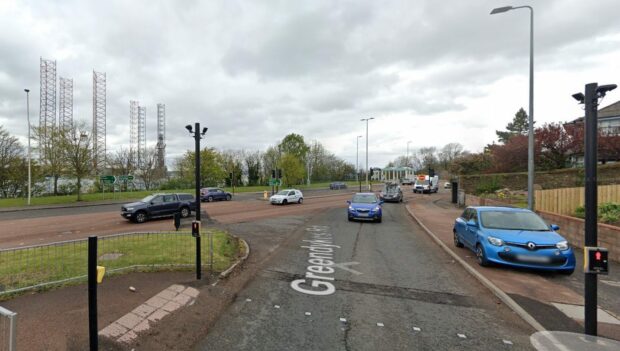A rare “virtual reality” machine made in Dundee 160 years ago sold for more than £4,000 when it went under the hammer.
The Lowden Stereoscope was expected to fetch a round £2,000 when it was sold at auction.
But the machine fetched £4,340 a the Fine Instruments of Science and Medicine Auction at Flints in London.
The Lowden Stereoscope was used as an early form of 3D home entertainment. The viewing lenses can give the illusion of depth using the same optical technology modern virtual reality headsets use today.
The Lowden model was the first type to be made commercially anywhere in the world but failed to capture the public’s imagination.
The method of using lenses to create a 3D effect was invented by Dr David Brewster who approached Dundee instrument maker George Lowden, to build the stereoscope.
The pair fell out after Mr Lowden suggested improvements to the design of the stereoscope.
Brewster then found success with his invention after a new model, made by Parisian company Doboscq et Soleil, impressed Queen Victoria at the Great Exhibition in London.
A spokeswoman for Flints said the stereoscope had attracted a number of bids before finally being sold for £3,500.
The auction also featured a host of unusual items including a set for trepanning – drilling into the skull to relieve pressure – in a sharkskin case.
Although this was expected to fetch around £2,000, it failed to sell. There was more success with a pair of lead nipple shields.
The shields, once worn by breast feeding mothers, sold for £248. They had been expected to fetch between £100 and £200. Somebody even spent a pretty penny on a gentleman’s after-dinner urinal.
The portable ceramic potty would have been passed around the dinner table in Victorian times so male guests could relieve themselves without having to get up to go to the toilet.
It sold for £595.20, more than three times the guide price. A dissected human skull was sold for £2,500.











